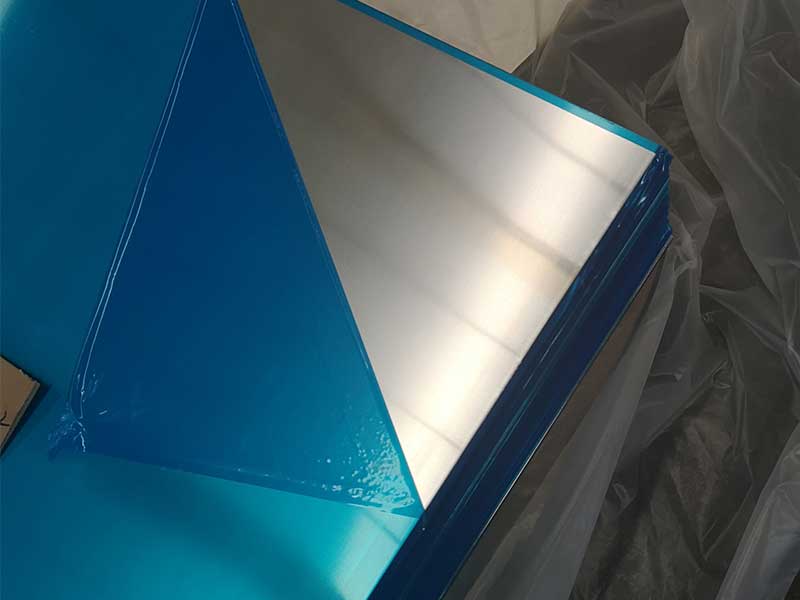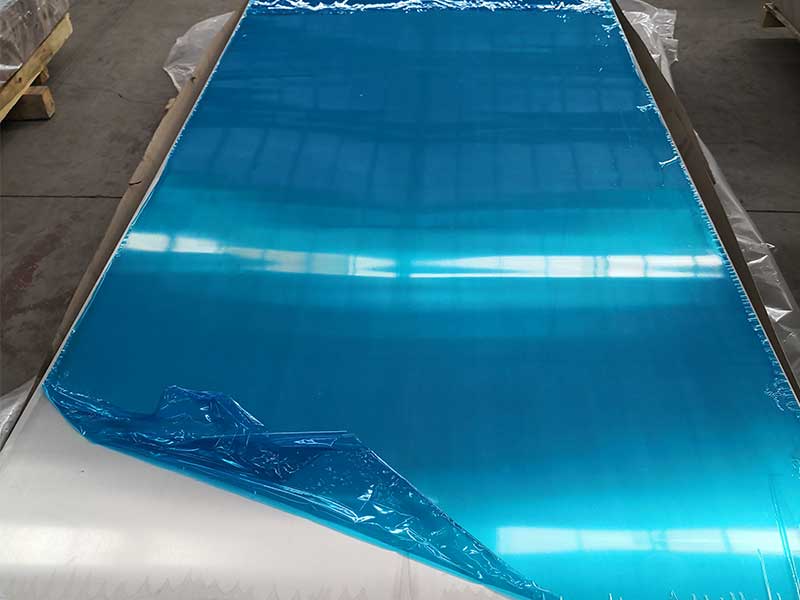Aluminum sheet 1100 1060 3003 5052 H24 H32
Aluminum sheets have become a staple in various industries due to their lightweight, corrosion-resistant properties and versatility. With a variety of grades available, including aluminum sheet 1100, 1060, 3003, and 5052, understanding the specific characteristics of these alloys, along with their temper forms like H24 and H32, can significantly enhance the efficiency and efficacy of your projects.
Aluminum Sheet 1100: Commercially Pure
Aluminum 1100 is known as one of the most commercially pure aluminum alloys, containing a minimum of 99% aluminum. This high purity makes it an excellent choice for applications requiring good corrosion resistance, excellent workability, and high thermal and electrical conductivity. Typically used in cooking utensils, heat exchangers, and decorative applications, aluminum sheet 1100 can also be found in chemical and food processing industries.
Features:
- Highly ductile: Can be easily formed and shaped.
- Corrosion-resistant: Makes it suitable for food storage and cooking equipment.
- Excellent conductivity: A top choice for electrical purposes.
Aluminum Sheet 1060: Saying No to Iron Impurities
Similar to 1100, aluminum sheet 1060 is another commercially pure alloy preferred in various applications for its incredibly favorable characteristics. With 99.6% aluminum content, it boasts high corrosion resistance and excellent workability, perfect for projects that demand strain resistance and minimal discoloration. Electric wire, electronic components, and reflectors often use this grade due to its excellent reflective properties.
Features:
- Highly reflective: Ideal for reflective paneling and lighting applications.
- Superior corrosion resistance: Works well in wet environments.
Aluminum Sheet 3003: Formability Meets Strength
Aluminum sheet 3003 offers a blend of good strength and excellent workability, making it a widely used material in the aerospace and automotive sectors. This alloy contains manganese (about 1.2% to 1.5%) to improve its strength while maintaining a high degree of malleability. Aluminum 3003 is commonly seen in cooking utensils, pressure vessels, and storage tanks.
Features:
- Manganese alloy: Enhances strength and improves welding properties.
- Easily weldable and formable: Perfect for intricate designs.
Aluminum Sheet 5052: Marine-Grade Performance
Aluminum sheet 5052 contains magnesium (2.2% to 2.8%) and is renowned for its excellent fatigue strength, making it suitable for applications in marine environments. With increased resistance to saltwater corrosion, it’s often used in boat construction, automotive fuel tanks, and pressure vessels for various sectors.
Features:
- Exceptional corrosion resistance: Ideal for marine and protective applications.
- Great workability: Usable in both cold and hot working conditions.
Understanding Temper: H24 and H32
The temper designation H indicates that the aluminum sheet has been strain-hardened (cold worked) and then partially annealed. This process refines the alloy's properties to cater to specific applications.
-
H24 Temper: This temper offers a high level of strength and elongation and is typically used in applications where moderate workability is required. An alloy like Aluminum 5052-H24 is particularly popular in marine applications due to its combination of strength and formability.
-
H32 Temper: This temper provides a blend of moderate strength and formability, ideal for applications like structural parts. Typical examples include aluminum sheet 3003-H32, which is commonly used for manufacturing digital devices and structural components.
https://www.al-alloy.com/a/aluminum-sheet-1100-1060-3003-5052-h24-h32.html







